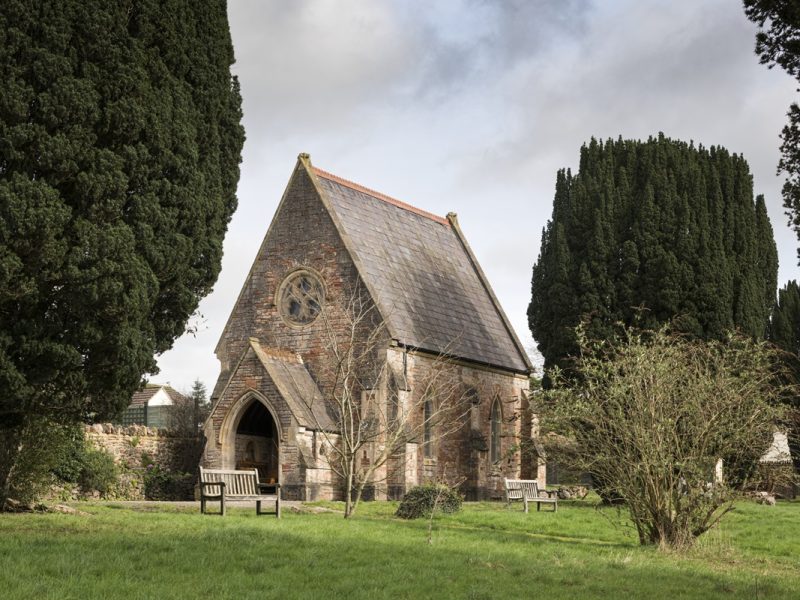THE Mendip Hospital cemetery and chapel in Wells have been recognised for their special historic interest.
Built for the Somerset and Bath County Asylum in the 1870s, the cemetery has been designated a Grade II registered park and garden by Historic England, and the mortuary chapel has been listed at Grade II by the Department for Culture, Media and Sport on the advice of Historic England. This gives them national protection.
Cemeteries specifically established for asylums are a rare find. Mendip Hospital is one of just four Victorian asylums in the South West to have its own cemetery, only two of which also include a mortuary chapel.
Clare Blackmore, Vice-Chair of the Friends of Mendip Hospital Cemetery, said: “It is wonderful that this unique, beautiful, and historic three-acre site with its mortuary chapel has been recognised by Historic England. The site is the last resting place of nearly 3,000 souls from the Somerset and Bath County Pauper Asylum, Wells Mental Hospital and Mendip Hospital who, after tragic and troubled lives, now rest in peace in this wonderful place. Historic England will help us to ensure we can preserve the past, present and future with the respect they deserve.”
Simon Wardle, South West Listing Team Leader at Historic England, said: “Mendip Hospital Cemetery is nationally important as a rare and essentially intact example of a detached asylum cemetery, inspired by a profound commitment to give patients and staff a dignified final resting place. We are pleased that both the cemetery and chapel are now included on the National Heritage List for England.”
In 1872 the Somerset and Bath County Asylum Board of Visitors commissioned plans and estimates for a cemetery for the specific use of the asylum. They purchased the three-acre site at Hooper Avenue in 1873 and commissioned Wells surveyor Edwin Hippisley to carry out the construction. The Bishop of Bath and Wells consecrated the new cemetery on January 27, 1874.
The chapel was built between 1878 and 1879 and opened in 1880. Also designed by Hippisley, it is a Gothic Revival-style building which forms the visual focal point within the cemetery’s layout. In design and construction, the red and white sandstone chapel reflects a level of refinement and expense rarely seen in Victorian institutional cemeteries.
Approximately 2,900 burials are recorded in the cemetery, with the last taking place in 1963.
The site became neglected, and in 2000 it was put up for sale by NHS Estates as a development opportunity, only to be withdrawn from auction after protests from local people and an intervention by Wells MP David Heathcoat-Amory and Secretary of State for Health Alan Milburn.
Eventually, NHS Estates sold the site to Mendip District Council. Ownership passed to Somerset County Council, and it is now leased to the Friends of Mendip Hospital Cemetery who maintain and care for it.
Mendip Hospital closed in 1991 and was turned into houses and flats at South Horrington.
• Picture: (c) Historic England Archive


